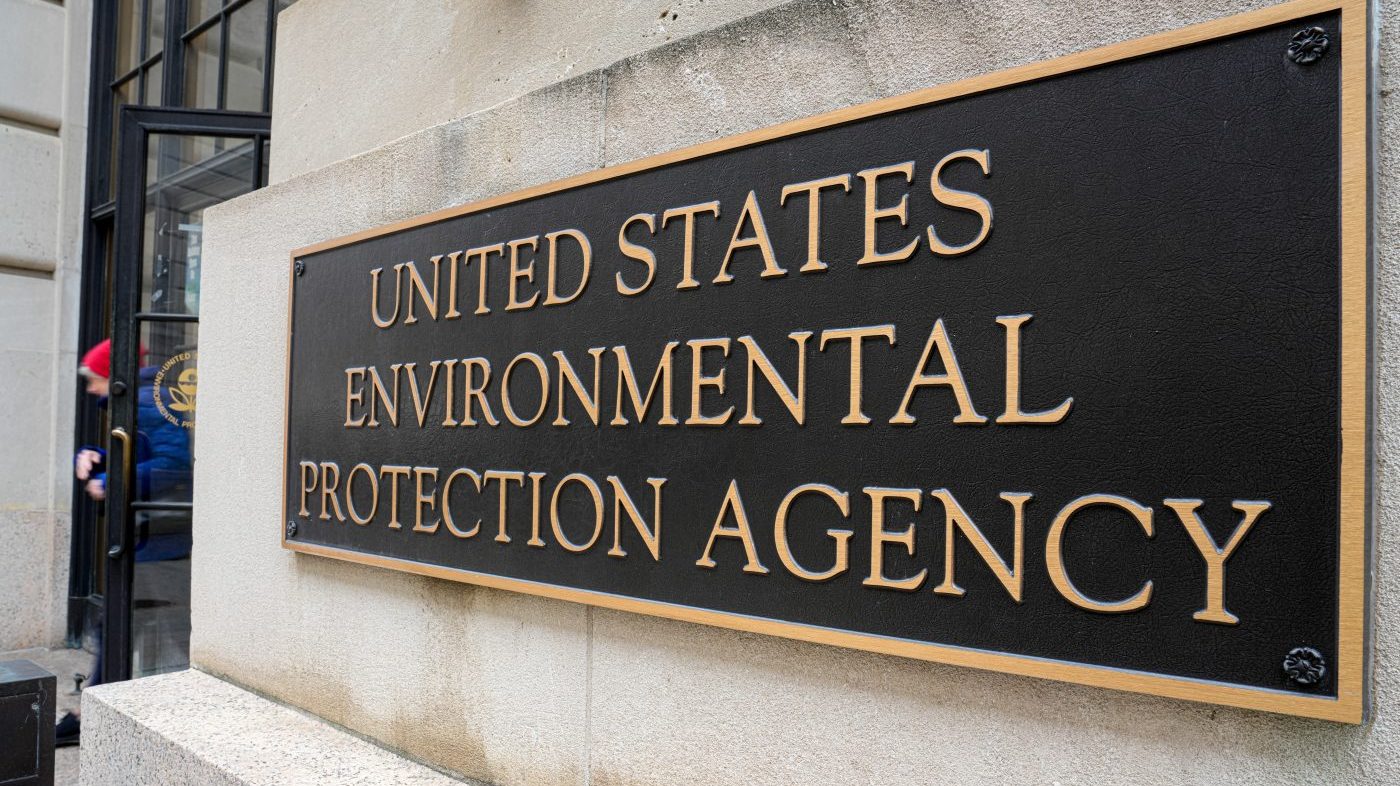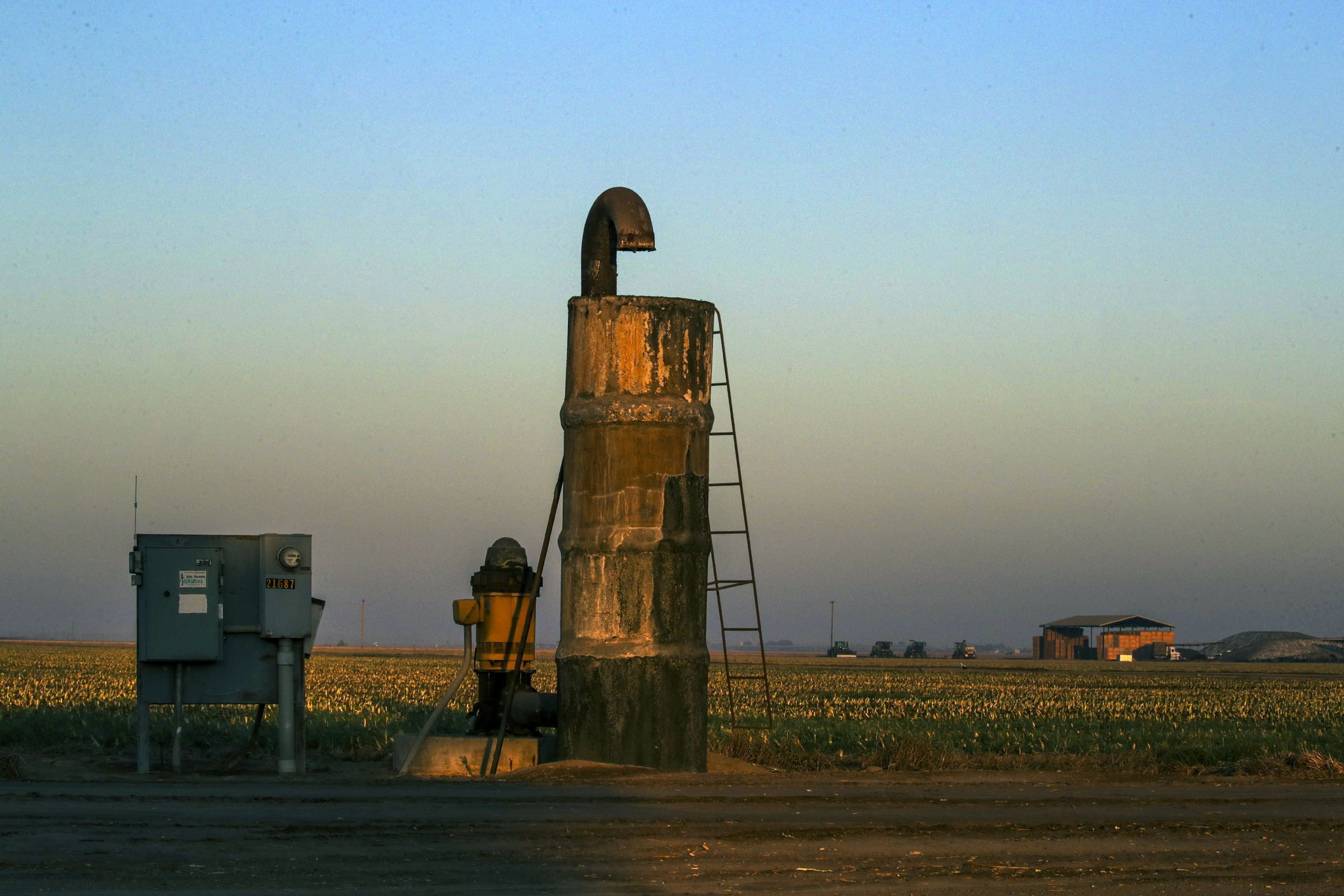The Blackwell School was first built in 1909, during a period when segregated facilities existed not only for Black Americans but also in areas with heavy Mexican and Mexican American populations. In addition to the main adobe structure, the protected site includes a separate on-site annex built in 1927.
The school operated under what federal judges would later term de facto segregation rather than a separation ordered by law, similarly to entirely white or Black schools that were the subject of desegregation busing in the 1970s.
The Blackwell School remained in operation through 1965, a decade after the Supreme Court’s landmark Brown v. Board of Education decision ruled segregation in public education unconstitutional. Blackwell students were barred from speaking Spanish in 1954, the same year as the Brown ruling.
“A complete history of America must include everyone’s story. The designation of the Blackwell School National Historic Site is an important step in telling a more diverse and inclusive history of the Mexican American experience in our country,” National Park Service Director Chuck Sams said in a statement.
“We are grateful for the dedicated efforts of many to save and share the story of the Blackwell School and its students in order to honor the alumni, family members and Hispanic communities affected by these practices.”
“Today, the Blackwell School is fully entrusted to the American people as a place of history, learning, and healing,” Daniel Hernandez, president of the Blackwell School Alliance, which has long lobbied for the preservation of the site, said in a statement to The Hill.
“We’re deeply grateful for all who have contributed their time and talents to this grassroots effort over the last two decades — especially our alumni, whose experiences will forever serve as the foundation for telling this story.”
Read more in a full report at TheHill.com.



















